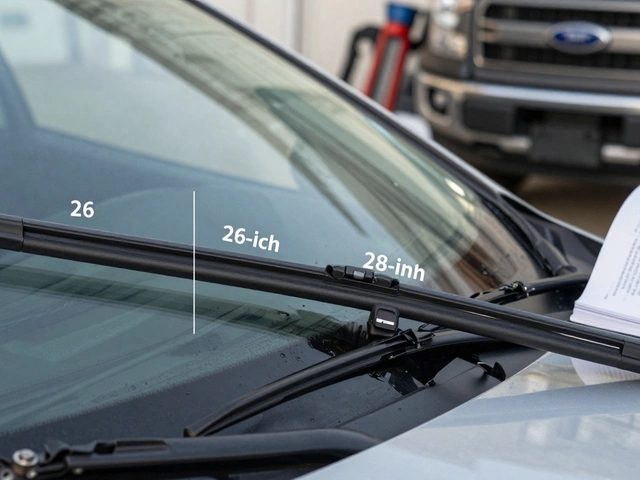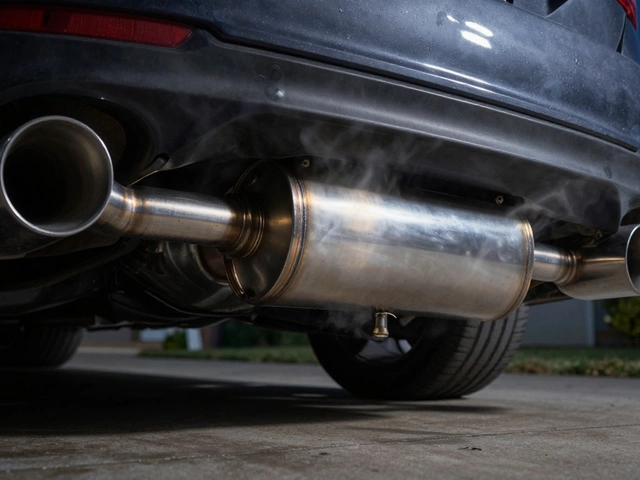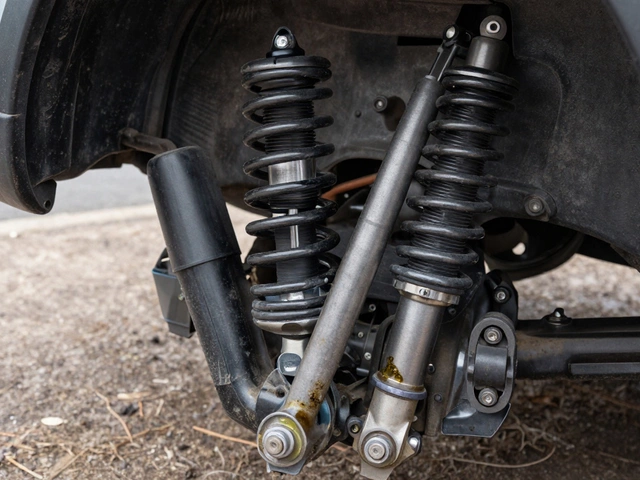Struts: What They Do, When They Fail, and What to Do Next
When your car feels bouncy, noisy, or pulls to one side, the problem might not be your tyres—it could be your struts, a combined shock absorber and structural support that holds up your car’s suspension and keeps tyres in contact with the road. Also known as strut assemblies, they’re not just dampers—they’re critical to steering, braking, and overall control. Without working struts, your car doesn’t just ride poorly—it becomes harder to stop, less stable in turns, and puts extra stress on your tyres and other suspension parts.
Struts work hand-in-hand with shock absorbers, components that control spring movement to prevent bouncing, but they do more: they support the weight of the vehicle, hold the spring in place, and connect to the steering system. That’s why worn struts don’t just make your ride rough—they cause uneven tyre wear, longer stopping distances, and even affect alignment. If you’ve noticed your car diving hard when braking or swaying on highways, those are classic signs. And if your tyres are wearing unevenly on one side, it’s often not a wheel alignment issue—it’s a strut problem hiding in plain sight.
Many people think struts last forever, but they don’t. Most wear out between 50,000 and 100,000 miles, depending on road conditions and driving style. If you drive on rough roads, carry heavy loads, or brake hard often, they’ll go sooner. You can’t always see the damage—oil leaks, cracks, or bent mounts aren’t always obvious. But you’ll feel it. A clunk when you hit a bump, a nose dive when you stop, or a car that feels like it’s floating over bumps? Those aren’t normal. They’re your car telling you it’s time to check the struts.
Fixing struts isn’t just about comfort—it’s about safety. Bad struts make it harder to avoid accidents, especially in wet or icy conditions. They also wear out your brake rotors faster and can even damage your steering components over time. That’s why we see so many customers come in after ignoring the signs, only to end up with a much bigger repair bill. Replacing struts isn’t a job for most DIYers, but knowing the signs helps you catch it early and avoid unnecessary damage.
Below, you’ll find real guides from drivers who’ve been there—how to spot failing struts before they turn into a dangerous situation, how they relate to worn shock absorbers, and what happens when suspension problems start affecting other parts of your car. No fluff. Just what you need to know to keep your ride safe and your tyres lasting longer.





